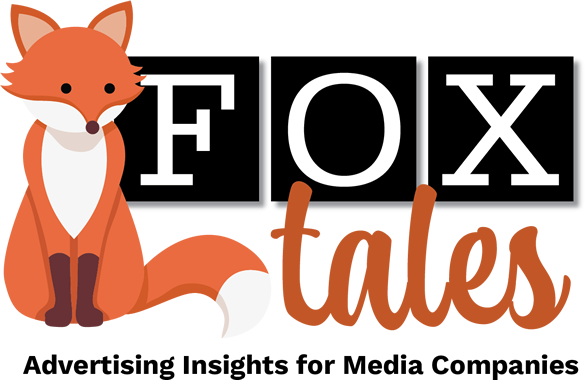By Tony Silber
I read a report in Digiday last month noting the economic uncertainty this year, what with the fears of recession and the stock markets losing between 20% and 30% of their value since January.
With economic decline comes advertising retrenchment, and that’s what appears to be happening. The World Bank, Digiday reported, cut its forecast for global growth from last year’s 5.7% to 2.9% this year. And it forecast continued anemic growth for the next two years at least.
Marketers, according to the report, are trying not to panic. The best of them are instead making educated guesses based on history and evaluation of the prevailing conditions. That means redrafting plans, adjusting their programs.
The advertising services and market research agency Zenith had predicted global ad spending to grow at 9.1% in 2022. Now, it’s been revised to 8%. But in the end, Digiday’s main takeaway is that forecasting right now is built on quicksand. Visibility into macroeconomics is minimal, and projections have to be revisited. Which leads to my point.
The article frames the whole situation in terms of annual spending, that then might be adjusted down if necessary. But my experience is that annual spending programs has largely gone the way of the dodo. In my early days of media-industry ad sales, landing a big annual contract was a euphoric rush. Success! Stability! Budgets will be hit or exceeded!
But as the years went on, fewer and fewer companies did their planning in the fall and made commitments for 12 months. Eventually, most of the marketers I worked with pushed decision making well into the first quarter. Sometimes, they left their prior-year spending in place, so we weren’t faced with the bottom dropping out. Sometimes they didn’t. But usually, they’d spend month-by-month through mid-year, and then reassess. Or they’d pick and choose events or content elements around which they’d spend. Or both.
But the old days of the annual advertising contract haven’t been a thing in the markets where I worked for close to 15 years. The result is less predictability, less accurate pacing reports, and more frequently disappointed bosses. This is because one thing is universal in publishing: Budgets are created for best-case possibilities far more than they’re based on realistic projections. No one wants to start the year saying they’ll be happy with 2% growth.
And in companies with a portfolio of brands, it’s common for CROs and CEOs to apply a random target across all of the brands. Many are capable of hitting the target, but some are not, almost always based on external conditions.
I remember once when I first took over as a publisher, moving from journalism to business management. My sales director and I went through dozens of current-year advertisers and bumped them up. If they bought 18 pages in the magazine, then they were good for 20 in the coming year. We did that calculation through all of the marketers.
Then, by the middle of April, the economy went into a deep recession. It felt like the air was being sucked out of the room.
